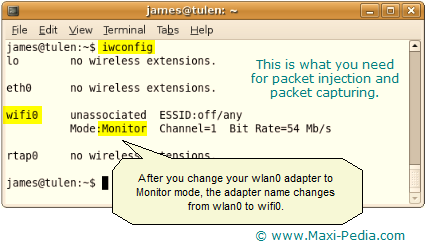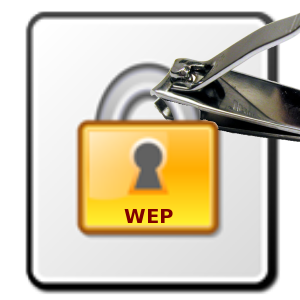WEP stands for Wired Equivalent Privacy, a Wi-Fi wireless network security standard. A WEP key is a security passcode for Wi-Fi devices. WEP keys enable devices on a local network to exchange encrypted (mathematically encoded) messages with each other while hiding the contents of the messages from easy viewing by outsiders.
- Crack Wep Key
- Aircrack Wep
- Cracking Wep Key Generator
- Crack Wep Key Windows
- Wep Cracking Tool
- Crack Wep Key Kali Linux
How WEP Keys Work

Kali Linux running Aircrack-ng makes short work of it. A couple charges here and a couple orders there and you have the WEP secret key of your neighbor in your grasp. Verify you put the WEP secret key to great utilize obviously. Thus, how about we start hacking your neighbor's WiFi's WEP secret key! Cracking WEP passwords using Kali Linux.
Crack Wep Key
- How to Break WEP Encryption. Breaking any encryption coding or codes involves knowing a few things. First, you have to know that there is an encryption scheme. Secondly, you must know how encryption works. Breaking any code manually is.
- How to Crack WEP Key With Backtrack 5 wifi hacking As announced before we would be writing related to wifi attacks and security, This post is the second part of our series on wifi attacks and Security, In the first part we discussed about various terminologies related to wifi attacks and security and discussed couple of attacks.
- Kali Linux running Aircrack-ng makes short work of it. A couple charges here and a couple orders there and you have the WEP secret key of your neighbor in your grasp. Verify you put the WEP secret key to great utilize obviously. Thus, how about we start hacking your neighbor's WiFi's WEP secret key! Cracking WEP passwords using Kali Linux.

Network administrators choose which WEP keys to use on a network. As part of the process of enabling WEP security, matching keys must be set on routers as well as each client device for them to communicate with each other over the Wi-Fi connection.
Aircrack Wep
WEP keys are a sequence of hexadecimal values taken from the numbers 0 through 9 and the letters A through F. Some examples of WEP keys are:
- 1A648C9FE2
- 99D767BAC38EA23B0C0176D152
The required length of a WEP key depends on which version of the WEP standard the network runs:
Cracking Wep Key Generator
- 40- or 64-bit WEP: 10 digit key
- 104- or 128-bit WEP: 26 digit key
- 256-bit WEP: 58 digit key
To assist administrators in creating correct WEP keys, some brands of wireless network equipment automatically generate WEP keys from regular text (sometimes called a passphrase). Additionally, some public web sites offer automatic WEP key generators that generate random key values that are difficult for outsiders to guess.
Why WEP was Once Essential for Wireless Networks
Crack Wep Key Windows
As the name suggests, WEP technology was created to protect Wi-Fi networks up to the equivalent levels that Ethernet networks had been protected. The security of wireless connections was significantly less than that of wired Ethernet networks when Wi-Fi networking first became popular.
Network sniffer programs allowed anyone with a bit of technical know-how to drive through residential neighborhoods and tap into active Wi-Fi networks from the street. This became known as wardriving. Without WEP enabled, sniffers could capture and view passwords and other personal data unprotected households sent over their networks. Their internet connections could also be reached and used without permission.
WEP was at one time the only widely-supported standard for protecting home Wi-Fi networks against sniffer attacks.
Why WEP Keys are Obsolete Today
Wep Cracking Tool
Industry researchers discovered and made public major flaws in the design of WEP technology. With the right tools (such as programs built to exploit these technical flaws), a person could break into most WEP protected networks within a matter of minutes and perform the same kind of sniffing attacks as on an unprotected network.
Crack Wep Key Kali Linux
Newer and more advanced wireless key systems including WPA and WPA2 were added to Wi-Fi routers and other equipment to replace WEP. Although many Wi-Fi devices still offer it as an option, WEP has long been considered obsolete and should be used on wireless networks only as a last resort.